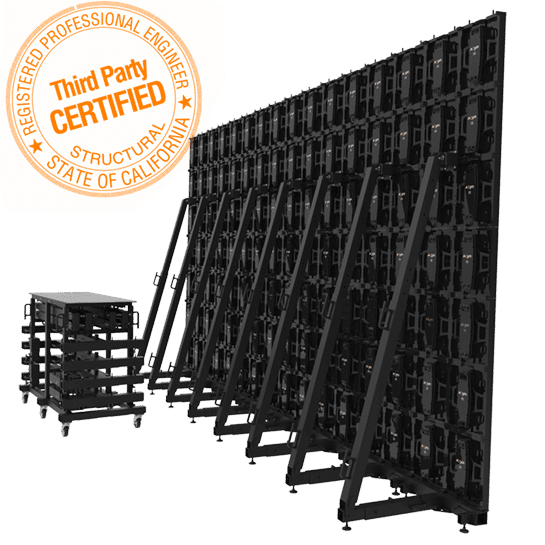Examining the Wide-ranging Integration Options Offered for LED Wall Modules
Examining the Wide-ranging Integration Options Offered for LED Wall Modules
Blog Article
Light Emitting Diode wall panels have gained traction for their capacity to deliver crisp imagery in multiple settings, from professional environments to entertainment venues. One of the most significant aspects of these panels is their interface capabilities, which allow users to connect them to different devices and systems. Comprehending the broad input options supported for Light Emitting Diode wall panels is vital for maximizing their use and effectiveness. This article explores these options, showcasing how they can adapt to specific needs and preferences.
One common interface approach for LED wall panels is High-Definition Multimedia Interface. High-Definition Multimedia Interface is widely known for delivering high-quality video and audio signals between components. This connection type is particularly beneficial in business settings, such as conference rooms or classrooms, where presentations or video content are often displayed. By using digital connectors, users can easily connect laptops, projectors, and streaming equipment to LED wall panels, guaranteeing a sharp and vibrant display of media.
Another commonly used connectivity option is DisplayPort, which is comparable to High-Definition Multimedia Interface but offers additional advantages. Display Port can support elevated refresh rates and resolutions, making it an excellent choice for interactive media or design-heavy applications. For those deploying Light Emitting Diode wall panels in settings where performance is critical, such as esports arenas or creative workspaces, Display Port can provide the necessary visual quality. Additionally, many contemporary computers and graphics cards feature DisplayPort connections, making it a convenient option for technology-oriented professionals.
In addition to High-Definition Multimedia Interface and Display Port, wireless connectivity options are becoming increasingly prevalent in Light Emitting Diode wall panel solutions. Wireless interfaces allow operators to share content without the need next page for physical cables, promoting a cleaner and more flexible configuration. Platforms such as wireless internet and short-range communication enable users to connect smartphones, tablets, and laptops directly to Luminescent Diode wall panels without tangled wires. This convenience is particularly beneficial in dynamic environments like exhibitions or live functions, where rapid adjustments to displays are often needed.
For larger deployments or more intricate configurations, LAN integration through wired networking is another viable option. Ethernet connections provide a stable and robust way to integrate multiple Light Emitting Diode wall panels within a system. This approach is suitable for digital signage use cases found in retail centers or transport hubs, where multiple panels may need to display synchronized content across a wide area. By using Ethernet cables and network switches, operators can guarantee that all linked panels receive uniform data and content efficiently.
Finally, it's important to consider the future of connectivity with technologies such as USB-C and Thunderbolt 3. These newer connection types offer increased data transfer speeds and flexibility by allowing one connector to handle both energy transfer and data exchange. As more systems incorporate these protocols, Light Emitting Diode wall panels equipped with Type-C ports will likely become more prevalent. This shift in integration not only improves the capabilities of LED wall panels but also aligns with the growing trend of minimalism in technology setups by reducing the this link number of cables needed.
In conclusion, exploring the broad interface methods accessible for Light Emitting Diode wall panels reveals many possibilities for users across various fields. From traditional methods like HDMI and DisplayPort to modern wireless solutions and LAN setups, each pathway serves specific functions suited to distinct needs. Furthermore, emerging technologies like USB-C promise further developments in how users interact with LED wall panels. By grasping these connectivity alternatives, end-users can make strategic selections that optimize their overall engagement with these versatile display tools.